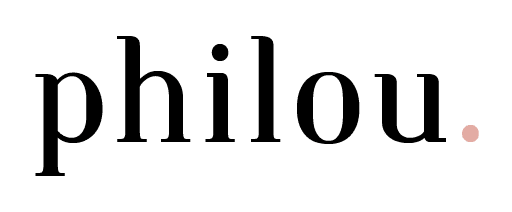Die 17 Sustainable Development Goals (SDGs) wurden im Rahmen der Agenda 2030 verabschiedet und beschreiben Zielsetzungen, die weltweit eine sozial, wirtschaftlich und ökologisch nachhaltige Entwicklung fördern sollen. Dabei stehen fünf Kernbotschaften als handlungsleitende Prinzipien im Vordergrund und verbinden die Ziele: People, Planet, Prosperity, Peace, Partnership („5 Ps“). Die Ziele wurden 2015 von allen UN-Mitgliedsstaaten ratifiziert und in einem jährlich erscheinenden Bericht dokumentiert die UN den Fortschritt bei ihrer Umsetzung. Ausgehend von den fünf Kernbotschaften sind Themen der Gerechtigkeit, des Friedens und der globalen Zusammenarbeit zentral, um eine nachhaltige Entwicklung zu fördern.
Die philou. hat sich die SDGs und ihre jeweiligen Unterziele daher einmal näher im Hinblick auf Diversität angeschaut. In insgesamt 6 von 17 Zielen und 9 Unterzielen wird das Wort „Divers*“ verwendet, wobei die deutsche Übersetzung in der Regel „Vielfalt“ beinhaltet.
UN United Nations (2015): Transforming our world: the 2030 Agenda for Sustainable Development.
Goal 2: Zero Hunger
2.5 By 2020, maintain the genetic diversity of seeds, cultivated plants and farmed and domesticated animals and their related wild species, including through soundly managed and diversified seed and plant banks at the national, regional and international levels, and promote access to and fair and equitable sharing of benefits arising from the utilization of genetic resources and associated traditional knowledge, as internationally agreed
Goal 4: Quality Education
4.7 By 2030, ensure that all learners acquire the knowledge and skills needed to promote sustainable development, including, among others, through education for sustainable development and sustainable lifestyles, human rights, gender equality, promotion of a culture of peace and non-violence, global citizenship and appreciation of cultural diversity and of culture’s contribution to sustainable development
Goal 8: Decent Work and Economic Growth
8.2 Achieve higher levels of economic productivity through diversification, technological upgrading and innovation, including through a focus on high-value added and labour-intensive sectors
Goal 9: Industry, Innovation and Infrastructure
9.b Support domestic technology development, research and innovation in developing countries, including by ensuring a conducive policy environment for, inter alia, industrial diversification and value addition to commodities
Goal 14: Life below water
14.a Increase scientific knowledge, develop research capacity and transfer marine technology, taking into account the Intergovernmental Oceanographic Commission Criteria and Guidelines on the Transfer of Marine Technology, in order to improve ocean health and to enhance the contribution of marine biodiversity to the development of developing countries, in particular small island developing States and least developed countries
Goal 15: Life on land
15.4 By 2030, ensure the conservation of mountain ecosystems, including their biodiversity, in order to enhance their capacity to provide benefits that are essential for sustainable development
15.5 Take urgent and significant action to reduce the degradation of natural habitats, halt the loss of biodiversity and, by 2020, protect and prevent the extinction of threatened species
15.9 By 2020, integrate ecosystem and biodiversity values into national and local planning, development processes, poverty reduction strategies and accounts
15.a Mobilize and significantly increase financial resources from all sources to conserve and sustainably use biodiversity and ecosystems




